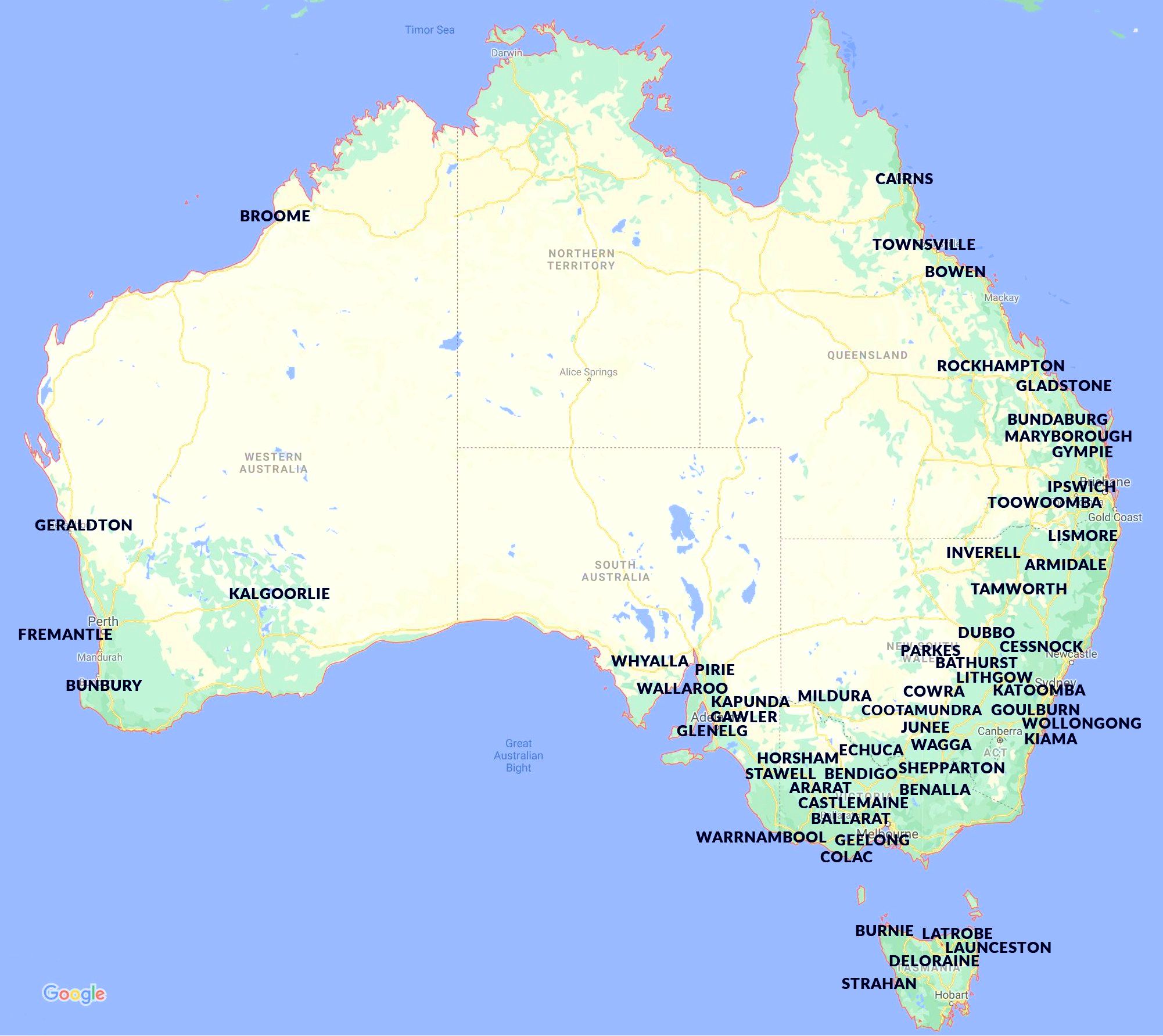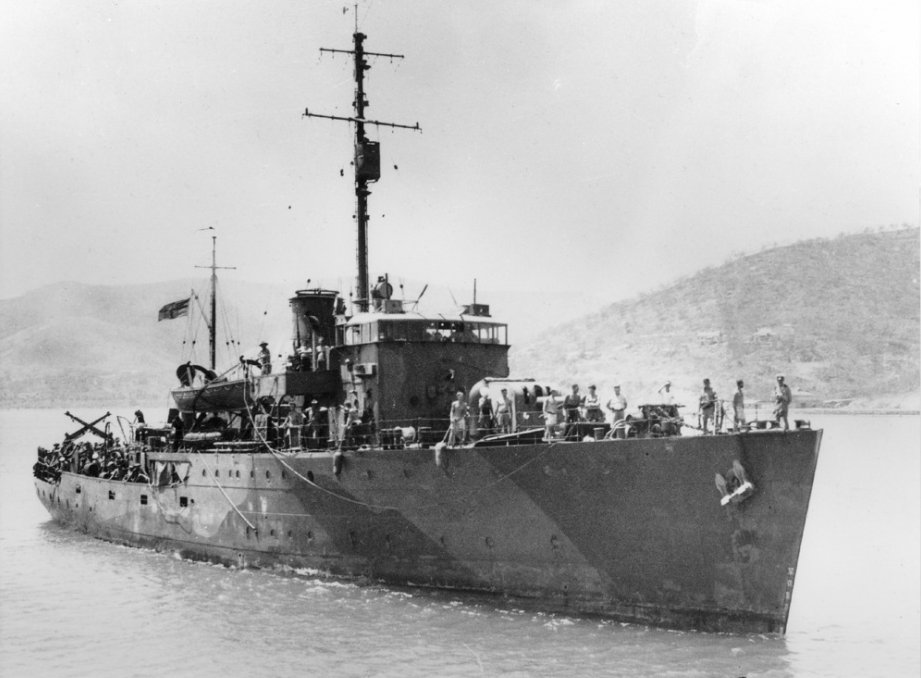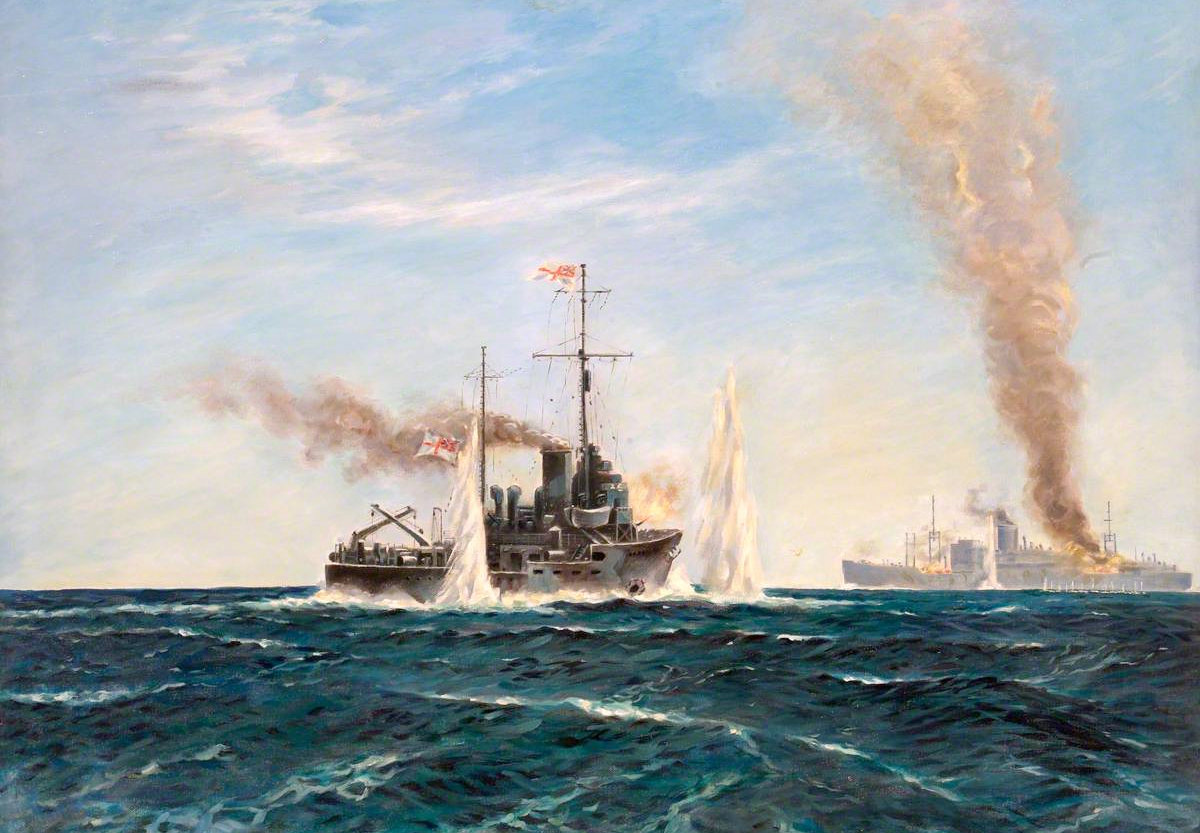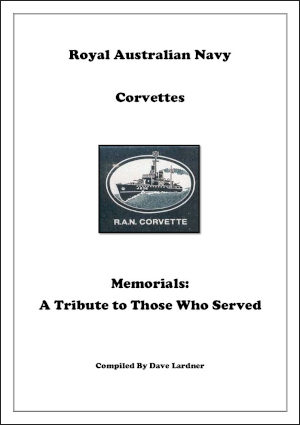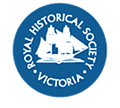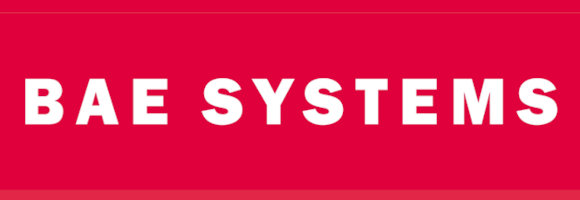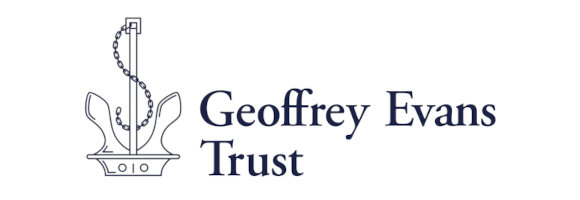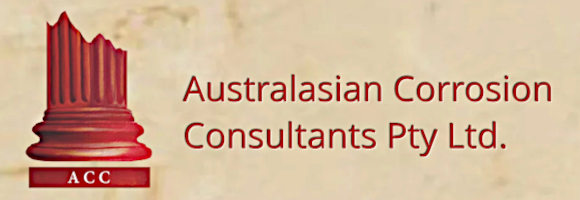
CORVETTE HISTORY
When war broke out in September 1939, the British Admiralty authorised the building of ten vessels in Australian shipyards. They were called corvettes, originally a French word for a class of small and handy warship.
The first, Bathurst, was laid down on 10 February 1940 at Cockatoo Island Dockyard, NSW, and gave her name to her sister ships, Bathurst-Class Australian Minesweepers. In all, sixty corvettes were built: 36 for the Royal Australian Navy, 20 for the Royal Navy (commissioned as HMAS vessels with Australian crews), and four for the Royal Indian Navy.
These sixty corvettes were constructed in eight Australian yards, in the largest single shipbuilding program in the history of the country. On average, one new corvette was being commissioned every twenty-six days.
During the war an estimated 15,000 young Australians served on them, and afterwards thousands of others gained naval experience or studied aboard the training corvettes. Apart for the four for the Royal Indian Navy, all the corvettes were named after Australian regional towns, an ideal connection for a young country seeking its own identity. The namesake towns followed the fortunes of, and helped with fundraising for, ‘their’ vessels.
From 'HMAS Castlemaine: the Corvette That Came Home', © 2021, Maritime Trust of Australia Inc.
The Australian Corvettes
The Indian Corvettes
From Little Ships for Big Men by Frank B. Walker, quoted here:
"I want to give future generations some idea of what their fathers and grandfathers achieved in Corvettes. I want them to know what it is like to live for years like sardines in ships that could be blown out of the water by pretty well any enemy ship that they met. I want them to know how, even in the blackest days of the war, these sailors never flinched. I want them to know that these balding, stooping, wrinkled old men they see today were once the bright-eyed teenagers who turned into men overnight in Corvettes. I want them to understand why sometimes, as sound or a smell or a voice will spark a memory that will bring an embarrassed watering of the eyes of these old salts. Australian designed, Australian built, Australian manned, Australian as the kangaroo.
The little ship punched her bow into the huge green-black wave, the sea, a lighter green now and frothing, raced along the ships fo'c'sle shooting spouts of water up from the guard-rails, the bollards and the 4'' gun, then smashed into the bridge superstructure and tumbled down into the ship 's waist, and ran along the quarterdeck. The ship shuddered and shook and pushed her cheeky nose up and the water cascaded over the side and into the sea. Then the ship’s stern heaved up as the wave swept aft, and the nose pointed into the trough. The little ship punched her bow into the next huge green-black wave and the next ..."
The Corvetter
Who was this bloke?
He could hardly wait to get into the Navy when war broke out.
He was so impatient to get to sea that his short training seemed a waste of time.
He was not dismayed to find that the ship he was drafted to, a corvette, was the smallest warship on the high seas.
He did not worry that the submarines his ship was designed to sink could surface and sink it by gunfire or torpedo it.
He was undaunted by the fact that any enemy warship would be bigger, faster and better armed and could sink his corvette with impunity.
He was not concerned that his ship was so slow and it’s anti-aircraft guns so inadequate that it was highly vulnerable to enemy planes.
He was not troubled by knowing his ship would sink like a stone if the hull was holed.
He put up with constant rolling and pitching, heeling and heaving, flying spray, terrifying storms, seas shipped green, stifling tropical heat and biting cold wind.
He was scared in action but did not show it.
He cheerfully accepted cramped, overcrowded stuffy mess-decks, total lack of privacy, repulsive food, sea-sickness, constant sea time boredom and little sleep.
He and the ship he learned to love answered every call made of them.
He quietly stowed his little world into his kit-bag when it was all over and went home largely unnoticed, because that is how he wanted it.
He is shy about wearing his medals because he reckons destroyer and cruiser blokes did more than he did.
He finds it hard to believe that the corvettes wrote an indelible page in Australian history.
He would be embarrassed to know he was one of the finest breed of men his country has ever known.
And who was this bloke?
The answer my friend is a CORVETTE SAILOR — known as a 'Corvetter.'
By Frank B. Walker (see Royal Australian Navy Corvette Association NSW).
Royal Australian Navy Corvettes Memorials
This is a compilation of the various corvette memorials found across Australia, a tribute to the sailors who served on them. It is is neither a history nor a chronology of these ships, but a pictorial collation of the various memorials that exist today, recognising the service performed by these ships and crews during the Second World War. Many of the memorials are in the towns of the ships they were named after.
READ: Royal Australian Navy Corvettes Memorials: A Tribute
to Those Who Served
©
2022 Dave Lardner
The Electronic Applications of the Bathurst Class 1942-1946
An overview of radar development within the RAN, with a focus on the Bathurst class corvettes. Australian radar evolved into a highly successful industry in the war years and by the end of 1942 was producing some of the best systems worldwide at that time. Most if not all electronic equipment fitted to the corvettes between 1942 and 1946 was of Australian design and manufacture. This report meshes fragmented or ambiguous documentation into a list of the electronic systems fitted to the Bathurst class vessels.
READ: The Electronic Applications of the Bathurst Class 1942-1946
©
2022 Brett Morrow
